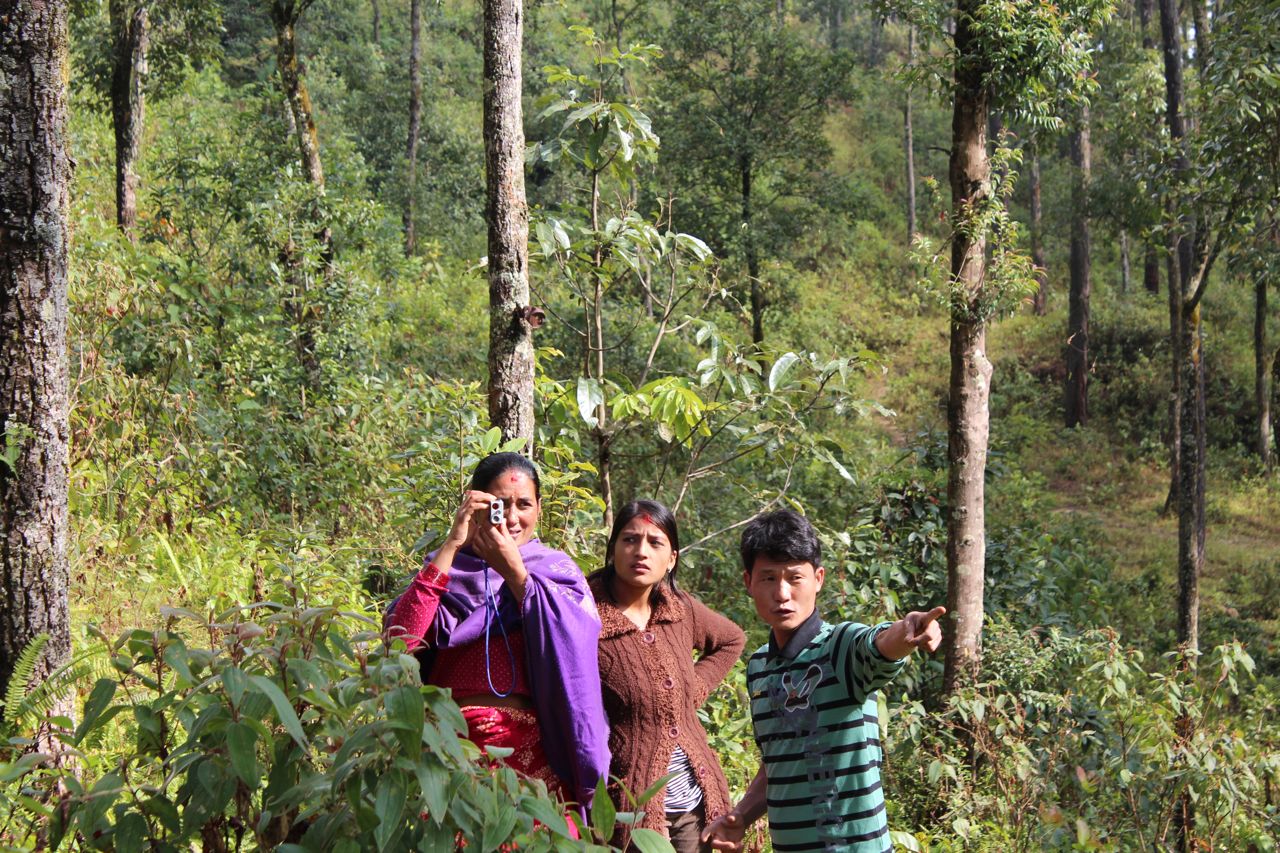Prosavannah in Mozambique has an investment deal for 14 million hectares to produce soybean and maize for export. But these lands are not unpopulated. Some 50% of Mozambique’s population live in rural forested areas. The risk is that they will be swept aside, along with the cultural forested landscapes that have provided them with food, energy, construction materials, medicines and more for generations.It is not easy to ensure local communities in countries such as Mozambique and Tanzania have the right to sell trees on reasonable terms, with appropriate technology, and with producer organisation to give them scale and defend their interests.Yet how else is it possible to incentivise sustainable forest management and poverty reduction in the same breath – and at landscape scales?Enter ‘locally controlled forestry’ (LCF) an agenda mutually developed from 2009-2012 by international alliances of indigenous people, community forestry and family small-holders (forest ‘rights-holders’) in a series of 11 dialogues organised with investors by The Forest Dialogue (TFD).Their definition of LCF is ‘the local right for forest-owner families and communities to make decisions on commercial forest management and land use, with secure tenure rights, access to markets and technology, and freedom of association.’***The old system of ‘investment capital seeking forest resources and requiring local labour’ cannot work in a resource constrained world. It must be replaced by ‘local rights-holders managing forest resources and seeking capital’. In other words – cheap labourers become business owners. Its quite a revolution.The capital they need to develop sustainable forest business is significant: natural capital in the form of secure forest rights; human capital in the form of business skills; physical capital in terms of technology and support to use it; social capital – in terms of organisation to provide scale and bargaining power in the market. Oh yes – and financial capital – to put it all in place.But where is that investment to come from to scale up successful locally controlled forestry? That was the question facing participants of a WWF-organised South-North Dialogue on ‘Investments that work for people, forests and land’ from 28th – 29th October 2014 in Helsinki, Finland.***Three types of investment appeared critical. Firstly, when community enterprise leaders and representatives of local support NGOs such a Mpingo Conservation & Development Initiative from Tanzania and ORAM from Mozambique presented their businesses, they showcased sustainably managed forests linked to community owned sawmills. Community income in the Tanzanian Kilwa district had increased a staggering 400 times.Such income is one, and perhaps the best, source of potential capital – endogenous investment back into the business to procure necessary services and technology to cut costs and add value. Sometimes this is all it takes to get sustainable forest business going. Mostly, while communities may have such commercially valuable timber, wood energy or non-timber forest products to sell – they may not have the wherewithal to sell it profitable at the outset.Almost always there is a need for the second type of patient enabling investment from donors through supportive NGOs to pay business start-up costs and develop business capacities. This type of investment is also crucial to develop the scale of production that will allow community groups to compete in the market.Ultimately what is needed is strong organisational structures in different levels – organisations of local groups to manage the forest and produce the product, organisations of regional associations to aggregate product, add value through processing and provide services to their supplier members, and organisations of national federations to fight for more supportive policies and incentives. Usually, it is only once a fairly credible business entity exists with some scale of operation, with stable management and a reasonable track record, that it will be possible to attract the third type of capital – asset investment into such businesses. Investors of this sort will require a tangible return of some sort and are generally fairly allergic to risk (especially disorganised business without a business case).***Fortunately, at the meeting in in Helsinki – it did seem that there was an appetite for some form of community-public-private-partnership (CPPP) in which endogenous, enabling and impact oriented asset investment could be blended to address widespread deforestation and poverty through the LCF model – a shared democratization of forest landscape investment.Multiple international agencies such as WWF, IUCN, FAO, IIED are engaging local groups with the concept. Multi-donor trust funds, steered by representatives of local forest producers, such as the Forest and Farm Facility are emerging. LCF matters. Quite possible the fate of forests and forest people’s depend on it.Duncan Macqueen works as researcher in IIED (International Institute for Environment and Development).

It’s time for revolution in forest business!
Investors vie for forest land. This might risk the livelihoods of the local communities and cultural forested landscapes. A new ‘locally controlled forestry’ -approach is available, that maintains the integrity of both forests and peoples who depend on them.
Teksti: Duncan Macqueen